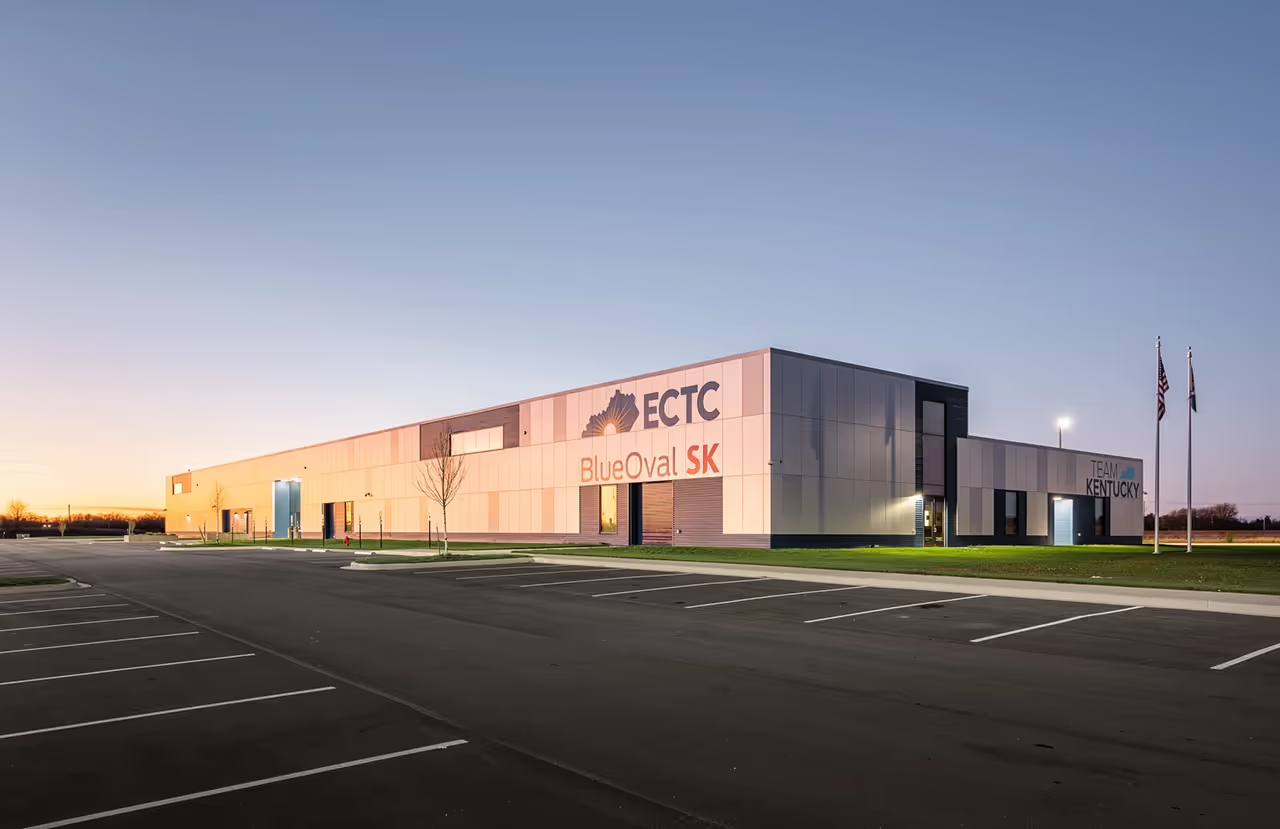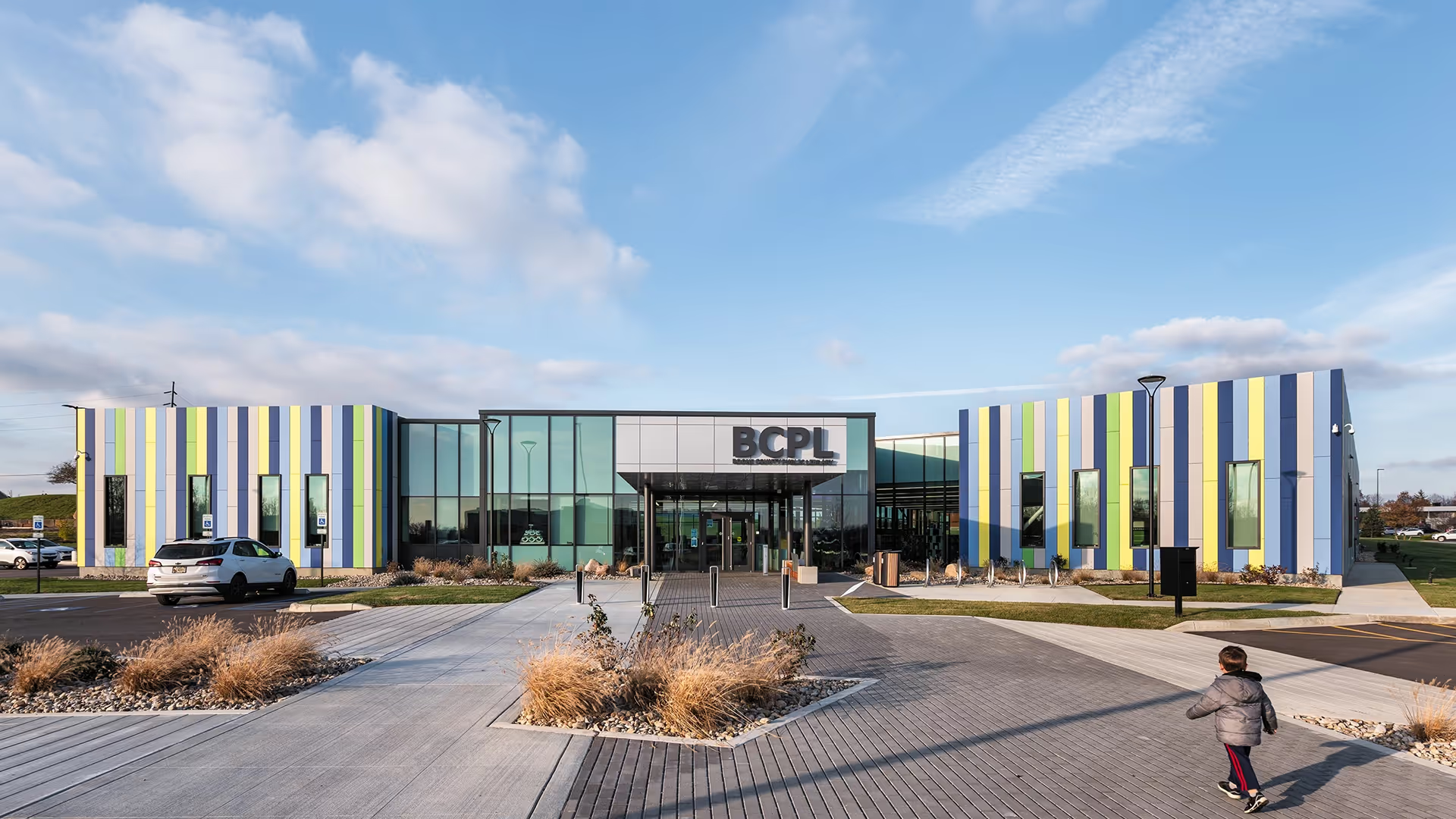Maximum healthcare on a minimum site
University Health Service Building - University of Kentucky
.avif)
The University of Kentucky medical campus has a lot going on. Hospitals, clinics, teaching facilities, and traffic (vehicle and pedestrian) cover almost every surface. Despite lacking square footage, the university still needed a new Health Service Building. Once we studied the proposed triangular shape for the structure, we knew our creativity and innovation skills could design something that not only fit the footprint but also met the needs of patients, doctors, and medical staff.
When there's no space to build out, you build up. The UHS is very close to four other medical clinic buildings. Besides its wedge shape and minimal size of the site, service access and underground campus utilities posed a challenge. We responded by designing a compact, vertical structure that optimizes the site in several ways.
.avif)
Our innovation played a major role in the building’s exterior design. We chose to situate the building parallel to the city street, and to break up the tight space, we added a series of offset sections along the backside. This creates a walking path and entrance paths as connection points to the adjacent buildings. These inset spaces create outdoor "pocket parks" to gather or move easily from building to building. A projected glass facade wraps around the front exterior adding texture while a cantilevered element mirrors the arches in the neighboring clinics.
Since the UHS building is wedged between equally tall structures, we wanted to make sure that natural light had a chance to get in. We placed all office spaces along the building’s perimeter to take advantage of daylight pouring in the glass facade. Short-duration spaces like exam and procedure rooms are tucked into the facility’s core. The color-code perimeter bulkheads represent the different programs housed in the UHS building. When viewed from the outside, the colors add to the building’s unique experience.
Natural lighting and views were important design elements. We wanted to give the building's occupants the opportunity to observe the changing afternoon light or shifts in the weather. Motion-activated lighting helps the building glow into the night as doctors, administrators, and other patrons move throughout the structure. Atriums also feature natural light and become seamless connection points throughout the building.
In celebration of AIA Kentucky’s 50th anniversary in 2013, AIA Kentucky and Kentucky Educational Television joined forces to celebrate the impact architects have had on life in Kentucky, and to recognize architecture that has influenced the way Kentuckians live, work, and play. Through an online event called Architecture 50:50, Kentuckians were invited to nominate significant, memorable, and functional buildings of all sizes and styles. Over 170 buildings were nominated, and 50 were chosen for the online competition. After the 13,000 votes were cast, the University Health Service Building was named one of the Top 50 Most Influential Buildings in Kentucky. The UHS was recognized along with other significant modern works by nationally recognized architects, as well as historic buildings such as Pope Villa by architect Benjamin Latrobe.


